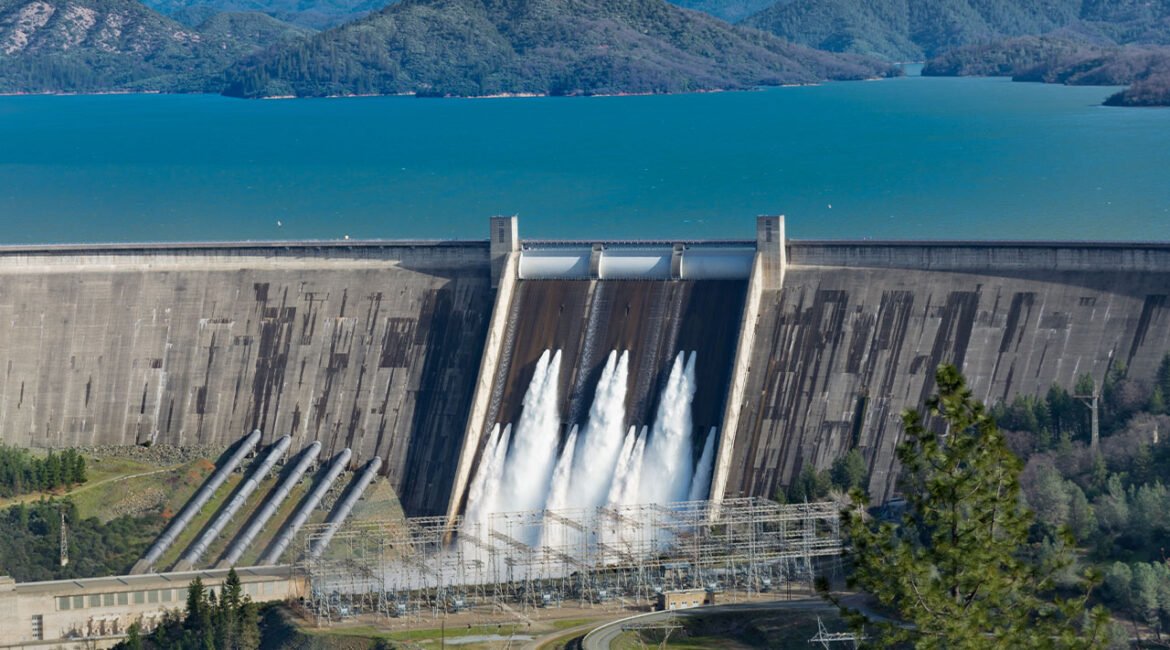Brazil is facing its worst water crisis in decades, and due to the lack of rainfall, several hydroelectric reservoirs are close to the minimum level for generating electricity. The systems in the Southeast and Central-West regions are in the most critical situation, currently operating at an average capacity of 20%.
One of the most important reservoirs, Furnas, is in a critical situation, registering only 16,38% of volume. Also within the Southeast and Central-West Subsystem, the reservoirs with the lowest levels, between 10% and 11%, are Marimbondo, Ilha Solteira, Nova Ponte, Emborcação, and Itumbiara.
The Southern Subsystem records the second lowest rate, operating with a capacity of 25.88%.
The National Electric Energy Agency (Aneel) announced the creation of a new tariff flag, called "water scarcity," which imposes an additional R$ 14.20 for consumption per 100 kilowatt-hours. With higher energy costs, the impact is direct on consumers' pockets and on costs for sectors such as agriculture, industry, and services.
Source: CNN

